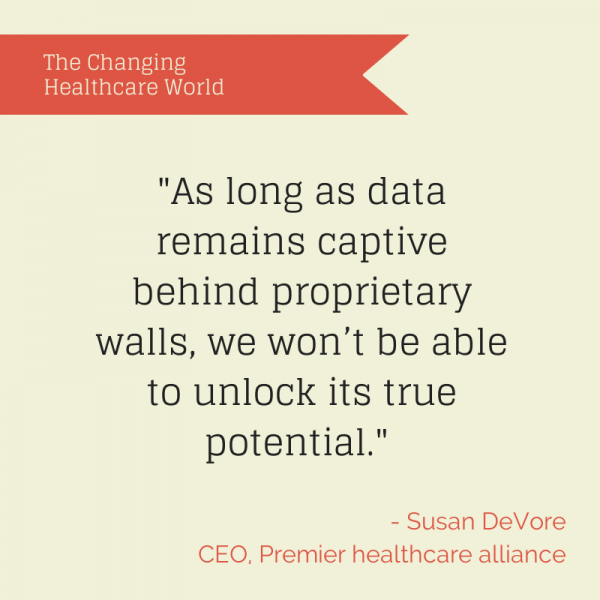What’s transforming the ways in which healthcare is provided?
- legislation
- new competition
- innovative incentives
- a call to refocus on priorities
- a more empowered and digitally engaged consumer, who has more and greater expectations for quality of care and convenience of care.
- a renewed attention on healthcare by the consumer market thanks to ongoing press about healthcare.gov and the Affordable Care Act
- new services and business models in healthcare that we’d never seen before recent reform
Susan DeVore, CEO of our partner and client Premier healthcare alliance, wrote a post yesterday fro HealthAffairs.gov titled, “The Changing Health Care World: Trends To Watch In 2014.” In the article, she introduces the new trends she expects to see in healthcare this year. We are also seeing each of these trends impact conversations about investments our clients need to make this year and next year.
I have summarized the trends below.
1. Investments in Chronic Care –
- Chronic conditions increase costs by 3X, so, “The biggest health care consumers are those with multiple chronic conditions.”
- We should see more investments in Ambulatory ICUs and patient-centered medical homes as providers work to improve their shared savings payments and better manage chronic conditions within primary care facilities.
2. New Job Roles in Healthcare
- DeVore has seen an increase in the popularity of hiring “health coaches” who are there to listen, inspire and motivate and spend time getting to know the patient’s family and life situation as it affects their ability to both access care and to care for themselves.
3. Home Health Care
- Back to the days of the house call.
- “Marketing firm BCC Research predicts that the market for remote monitoring and telemedicine applications will double from $11.6 billion in 2011 to about $27.3 billion in 2016.”
- Technology is increasing access and convenience of healthcare from outside the traditional care setting, especially for rural, hard-to-access locations.
4. Employer Attention on Health
- The Accountable Care Act lets employers increase wellness incentive dollar value from 20 to 30 percent of total coverage.
- Many employers offer incentives for pedometer use or for quitting tobacco or lowering obesity and diabetes rates.
5. Private exchanges become more popular
- This puts the power of choice into the hands of the employee / consumer
- Employees can also customize their coverage to their own needs and better manage their healthcare budget.
6. Further movement toward Value-Based Purchasing
- The Hospital Value Based Purchasing (SVSP) program penalizes provider organizations who fall behind their peers on key metrics such as clinical quality and patient satisfaction, with the penalties set to go up in the next few years. The program also rewards organizations that improve their score over time and outperform industry benchmarks.
- Sustainable growth rate (SGR) is a method for calculating physician payments. Congress will vote this year to “fix” problems with SGR, moving physicians to VBP. This will tie incomes to quality of care and cost improvements.
7. Data will begin to talk as walls fall down
- DeVore says, “Providers are inundated with new technologies that enable them to automate processes and capture new types of clinical data.” That’s quite an understatement from what I have seen.
- More systems will become open to innovation and sharing of data this year, in a provider-led push to do so.
8. New and more creative partnerships in healthcare
- Last year, “drug chains partnering with physician groups to create ACOs based around retail clinics,” says DeVore. But this year, “look for the trend to include community-based groups, including social service agencies, area gyms, and other non-health care service providers.”
- Providers are beginning to look at the “whole person,” and this means unconventional, innovative ways of providing care.
Exciting stuff!

